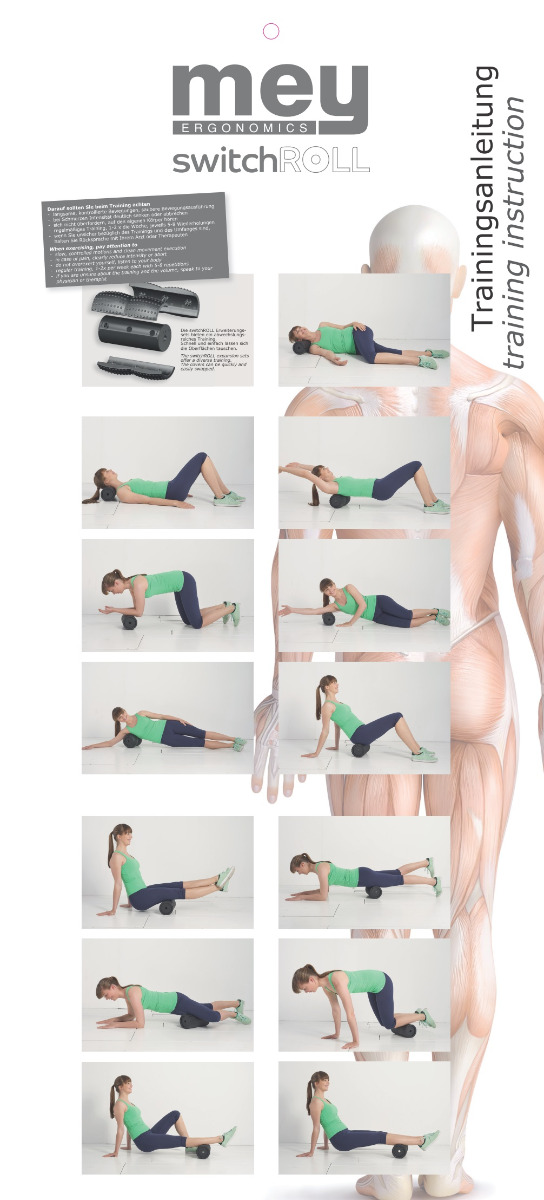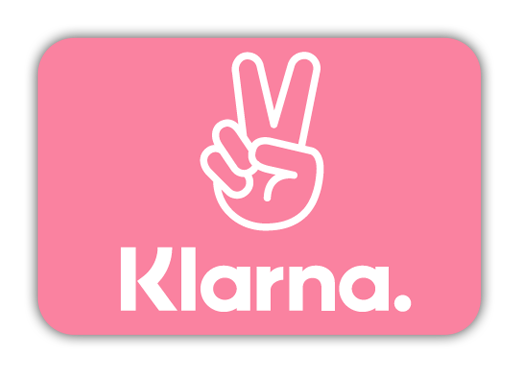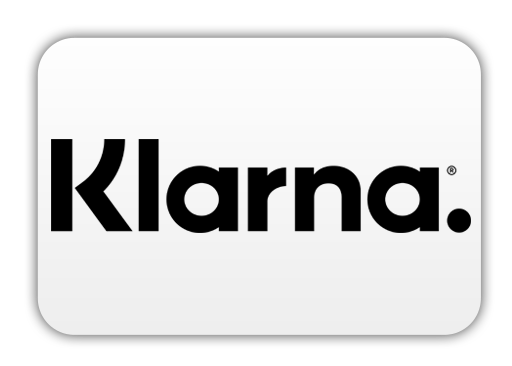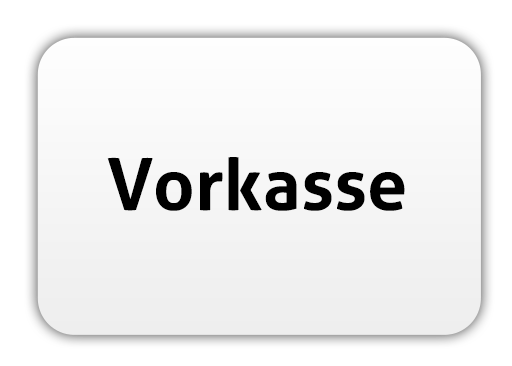Becoming pain free
Who does not know the problem… pain, for example, in the neck and shoulder area, mostly caused by tensions and stress. This affects our well-being as well as our positive lifestyle. Our solution: fascia rolls which adjust easily and always perfect to your training and to what suits your needs. SwitchROLL combines the most diverse requirements in just one roll. If you want to get pain free and would like to prevent pain on the long term, we recommend the fascia training with switchROLL. In agreement with your doctor or therapist, you are able to gently massage your mussels and mobilise your fascia tissue. You will notice your tensions will release.
Start best with our starter sets. They are assembled so that there is a smooth surface for your daily fascia training included as well as a changeable surface for your back training. Especially for back training it is important that your spine is left out so that injuries can be prevented. You should always make sure that you never roll over your joints and bones.
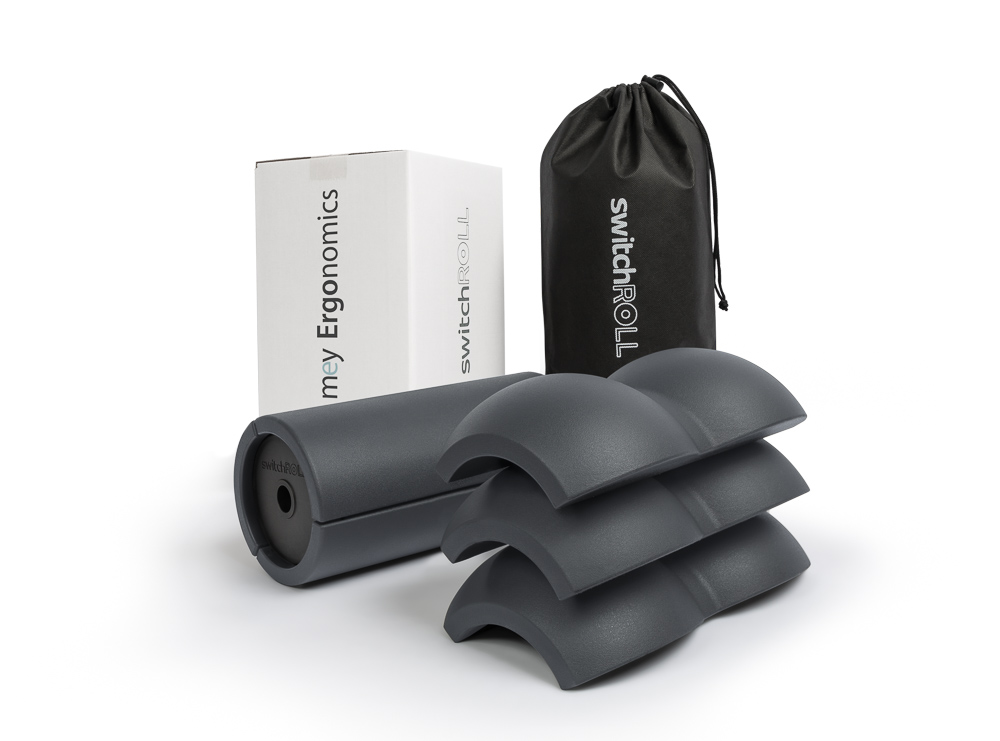
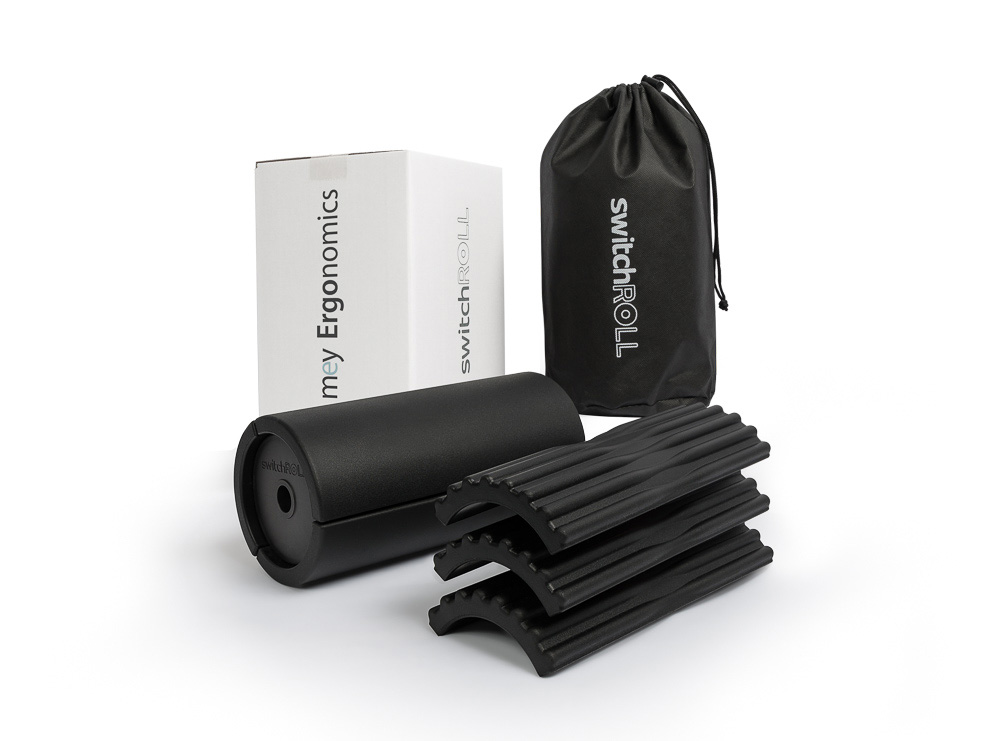
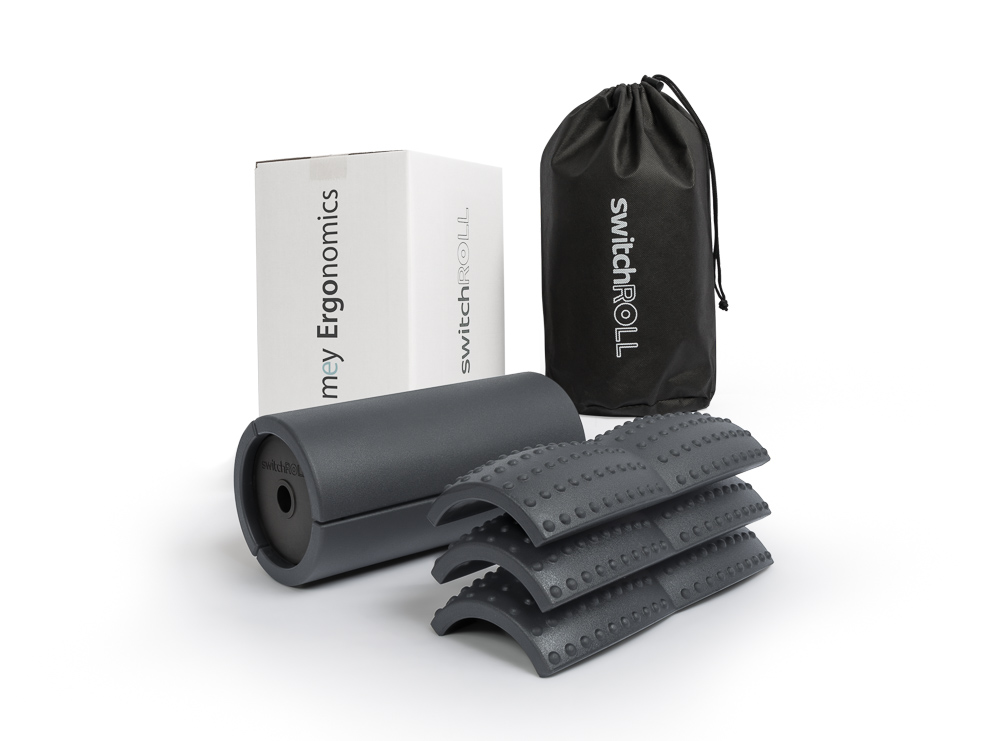
Our starter sets are available in three different surfaces and two degrees of hardness.
Neck pain
Having neck pain you should always start carefully and pay attention that you are making slow rolling motions. You can treat your neck pain in the long term if you consider some things while training lying on your back. For a gentle training you can use our rolls with the opening or any other roll. For the start just move your head back and forth. In most cases that is already enough. If you want to train more intensive please use the rolls with the opening so that the bony area in your neck is left out. Especially during an intense training you should pay attention to slow and controlled movements.
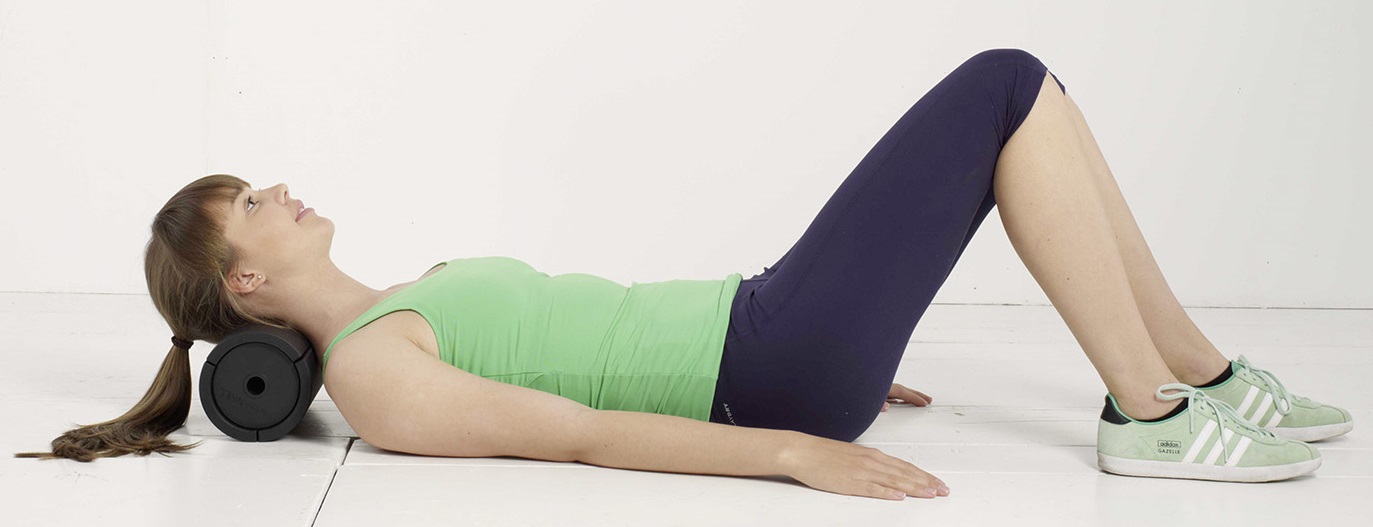
Back Pain
The much more frequent complaints are, however, back pain. Here too, it is important to gentle massage and mobilise your fascia at your back, to stimulate your muscles to get more agile and pain free. For your back training you should in any case rely on the rolls with the opening. It is imperative that your spine is left out while you train your back. At the beginning you can if you want to support yourself with your hands on the ground. Feel your body and listen to it when you are ready to roll yourself with out this support. You can put your arms behind your head or onto your chest. .
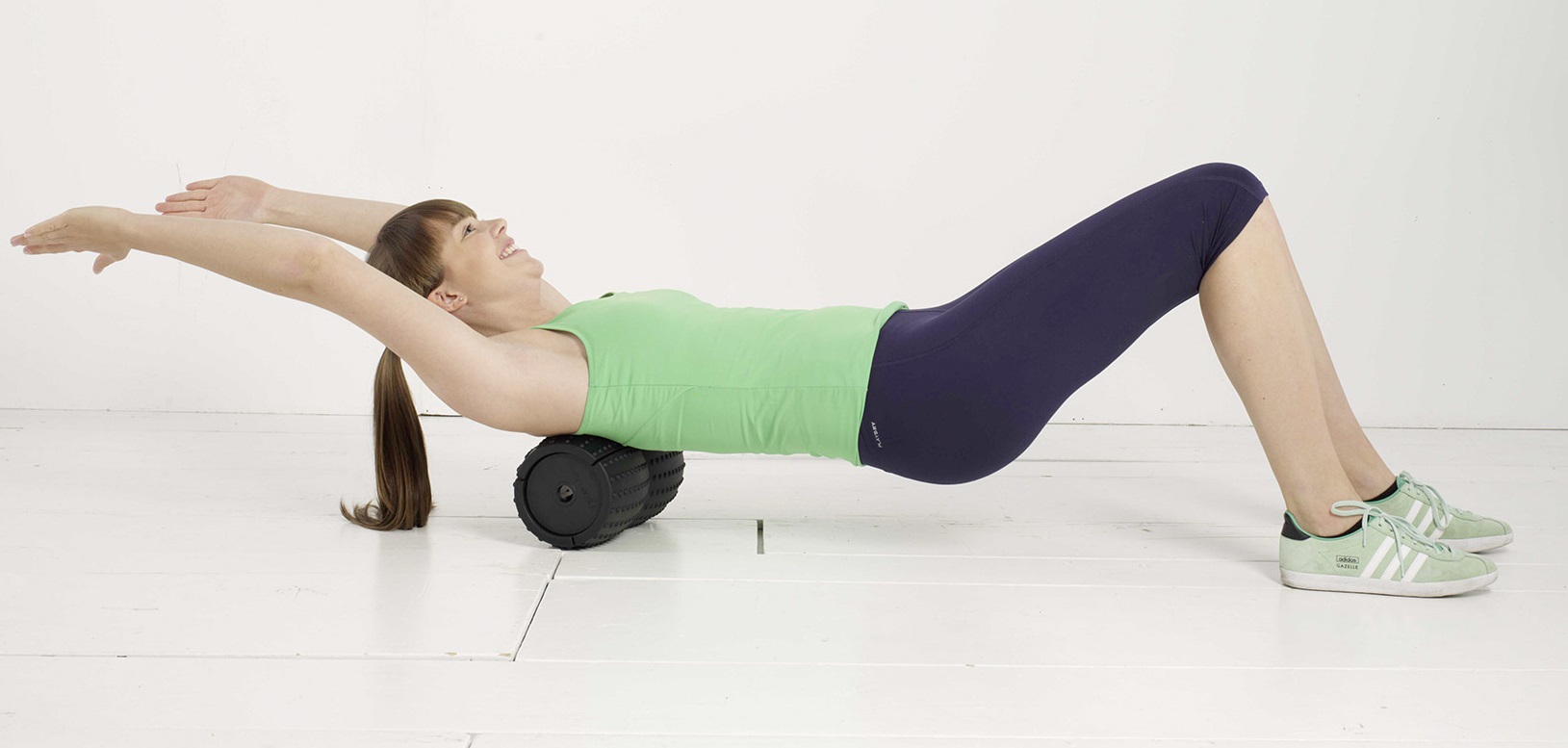
Shortened muscle cords
You should also include your armpits and upper arms into your fascia training to prevent a shortening of your rear muscle cords and tension headaches.
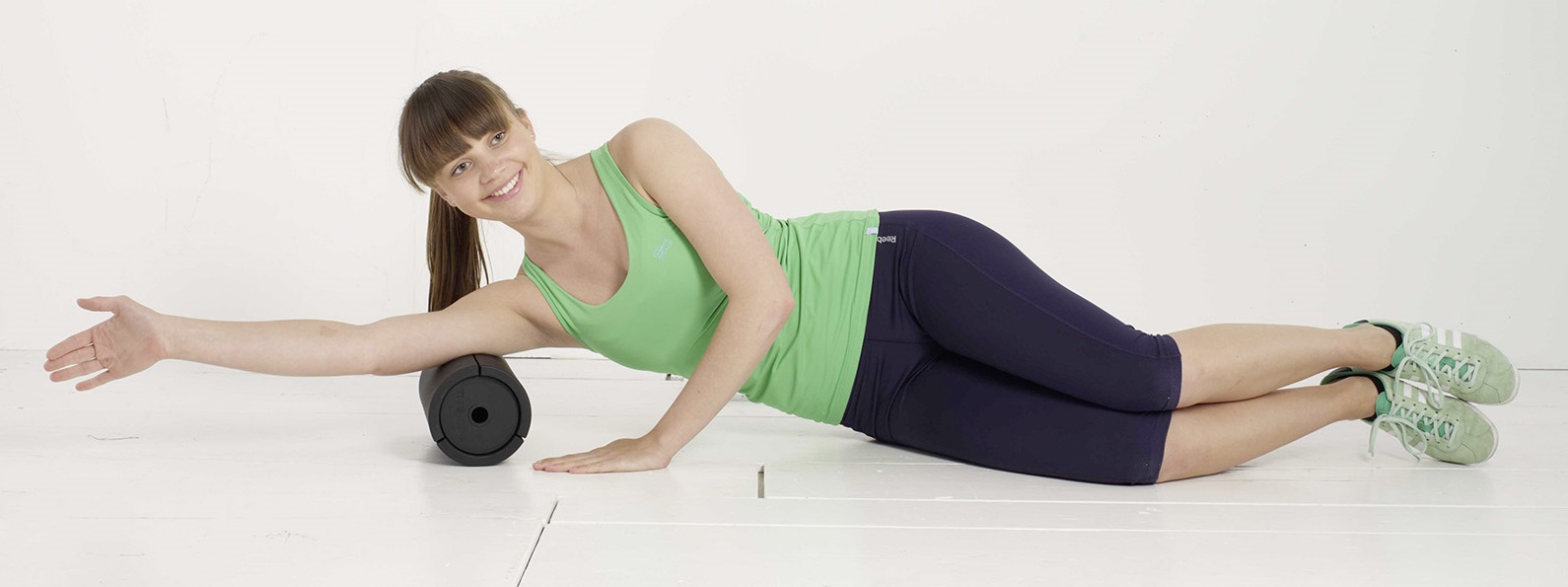
Tense forearms
Do you know tensions in your forearms which are noticeable up to your neck? If at the beginning the rolling of your forearms is too intense while training on the ground, start at the table. Put the roll on the table and train while sitting. With that you are lowering the pressure on your forearm. . 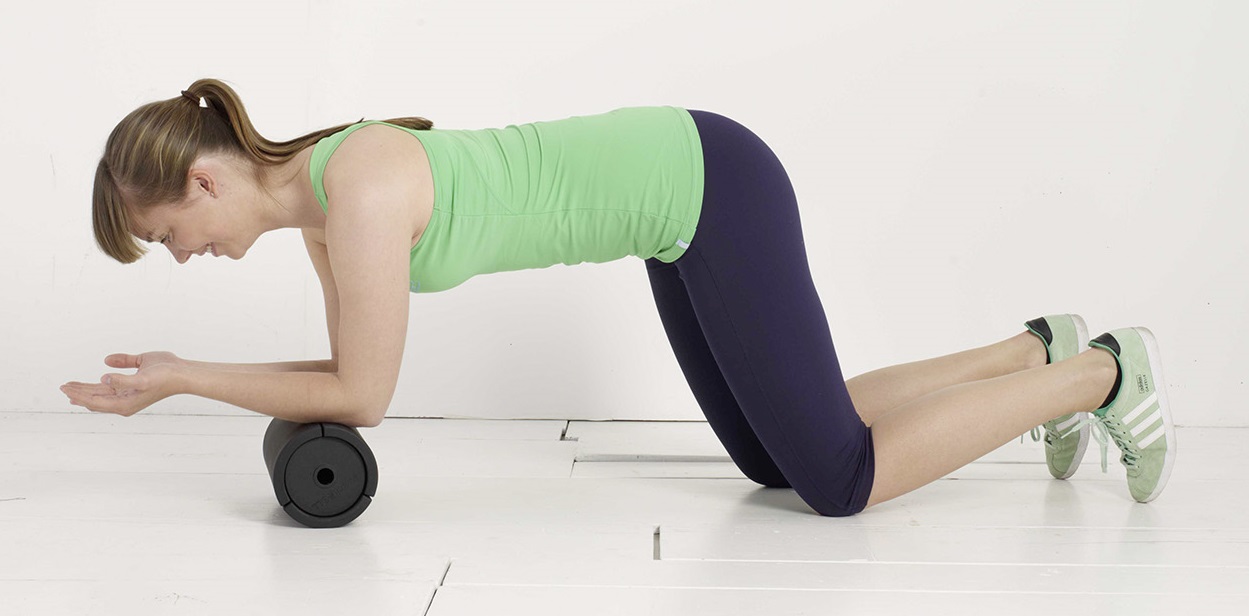
Smoother skin
The more practice and experienced you get in your training routine you will feel even better which body areas you can still include into your training. Besides mobilising your tissue, a smoother skin is a positive side effect of fascia training.
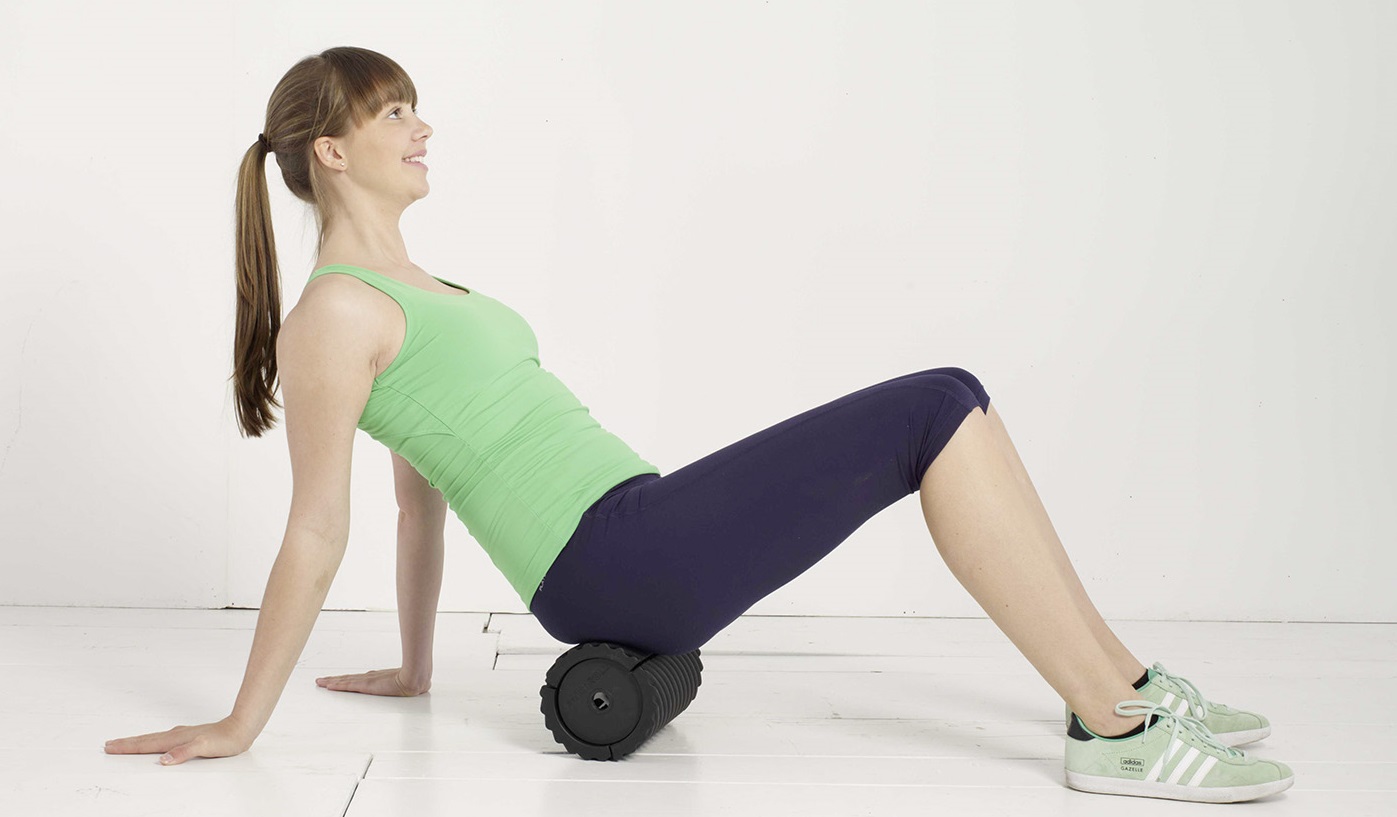
Hardened thigh and calf muscles
Many runners are using the massage rolls to warm up before training or to stretch after the training.
After an intense run especially thigh and calf muscles are often hardened and tensed. Gentle rolling with a smooth roll is most effective to smooth out your fascia. On the other hand, our grooved and spiralled surfaces massage stimulatingly your fascia and muscles.
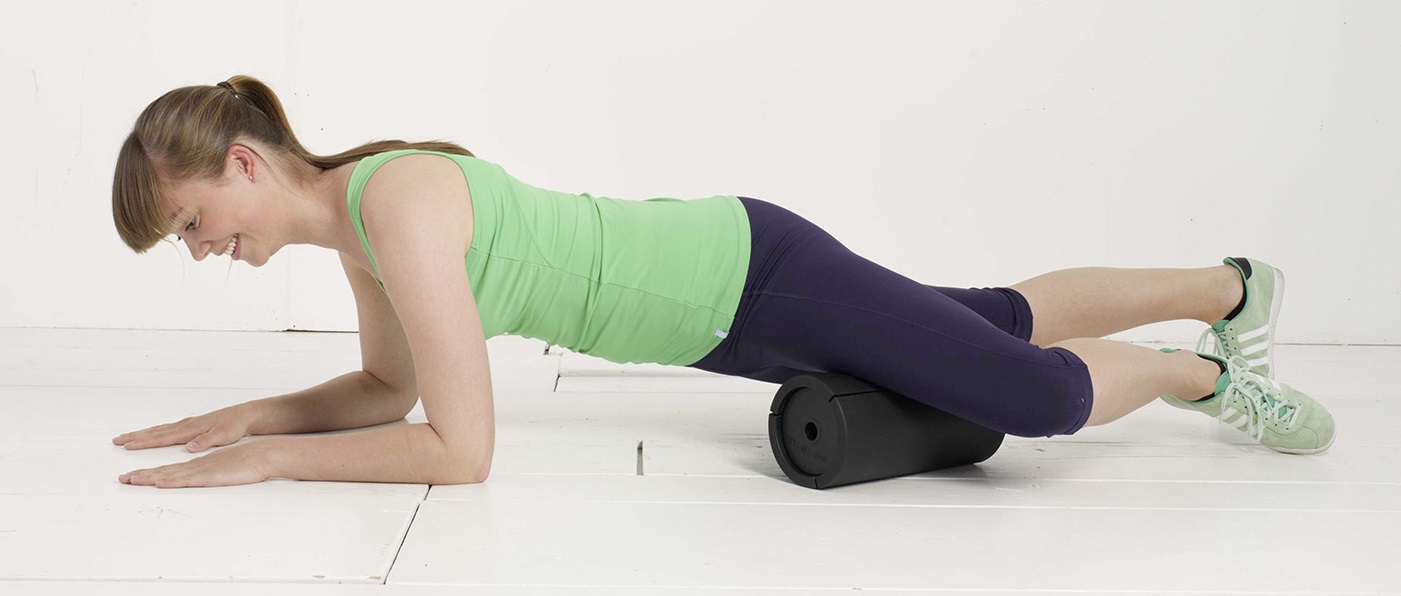
In general you should always pay attation to the following points while training your fascia:
- No training while having severe complaints or inflammation
- No training after operations, in strong pain or discomfort, fractures or osteoporosis
- Only feel-good pain as a standard, do not work into the pain this only improves the tensions
- Do not overstrain yourself – listen to your body
- Regular training 1-2 x a week with 5-8 revisions
- If unsure regarding your train amount please consulate your doctor or therapist
- Regulate intensity by shifting of weight
- Slow, controlled movements with precise movement execution
- Stop or lower intensity significantly being in pain
- Never roll directly over the bony areas of your body
- The spine must be left out while rolling your back (we recommend the roll with the opening, which is especially fitted for the back)
Fascia training can strain your complete body – from head to toe
After all fascia tissue can be found almost everywhere. The training manual is to offer you help and support. Therefore we specifically developed a manual for training while standing and lying.



